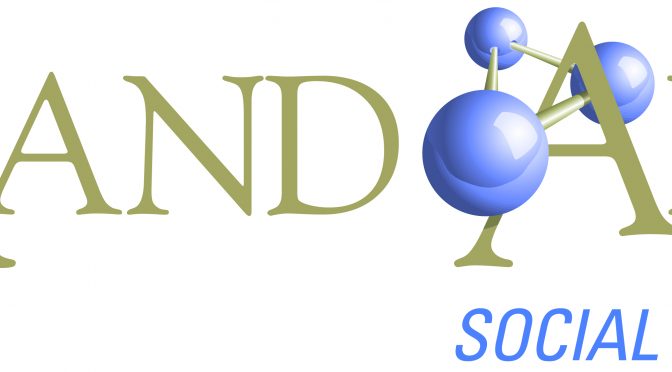The use of the drug tik alters normal functioning in a specific part of the limbic system that processes emotions such as anger and fear. As a result of this alteration, people using tik can easily develop paranoid, aggressive or violent states of mind.
“Crystal meth is typically sold in straws and costs between R15 and R30,” says Karen Griessel, a social worker at Wedge Gardens rehabilitation centre in Johannesburg.
Tik comes in many forms, from a fine powder to larger crystals. It can be snorted, orally ingested, injected or smoked, which is the most common method in South Africa.
On the street, tik has many names, including ‘tuk-tuk’, crystal, straws and globes. The powder or crystal is placed in a light bulb after the metal threading has been removed. A lighter is used to heat the bulb and the user smokes the fumes.
Tik symptoms include loss of appetite, weight loss, poor hygiene, increased irritability and a short-temper with out of control aggressiveness, dilated pupils, rapid speech, high anxiety, psychosis, headaches and insomnia. Addicts could still crave the drug months after using it.
“The affordability of tik means it has gained rapid popularity in South Africa. Tik is often combined with a host of chemicals and other harmful ingredients that cause mental health and physical health problems,” says Karen.
To understand it better we need to understand the limbic system, which is a collection of brain structures that includes the hippocampus, hypothalamus and amygdala. The hippocampus plays a vital role in normal consciousness by converting unstable short-term memories into stable long-term memories.
In addition to a wide range of other functions, the hypothalamus acts as the origin point for a number of different emotions and sensations, including pleasure, thirst, hunger, anger, aggression and varying degrees of sexual satisfaction. The amygdala shares in tasks performed by the hippocampus and hypothalamus, including storage of long-term memories and the generation of pleasure, fear, anger and other emotional states.
Pleasure levels inside the limbic system are regulated by a chemical messenger inside the brain called dopamine. High levels of this chemical translate into an increased experience of pleasure. Like most other commonly abused drugs, tik triggers euphoria by boosting the limbic system’s dopamine levels.
However, while some drugs produce relatively modest dopamine increases (two to four times above normal), tik produces an extreme dopamine boost (12 to 13 times above normal). This extreme effect largely accounts for the highly addictive nature of the drug.
“Tik also affects the pre-frontal cortex which affects the ability to make decisions, forge healthy human connections and to have empathy. This changes the pre-frontal cortex’s control over the amygdala and results in feelings of paranoia. Addicts may think someone is out to get them, that lies are being spread about them, that their possession are being stolen or that their lives are in danger,” says Karen.
This fear often causes violent behaviour in habitual users.
Wedge Gardens rehab centre has a holistic three-month programme run by professionals who are equipped to deal with the complexities of drug and alcohol addiction. As challenging as it is, it is possible to get clean and recover from the personal losses suffered through addiction – whether these losses are physical, psychological, emotional, social or financial.
“Recovery is a lifelong process that needs holistic rehabilitation. It takes commitment and motivation to want a healthy and normal life again,” she says.
Wedge Gardens can be contact at 011 430 0320 or visit the website www.wedgegardens.co.za
